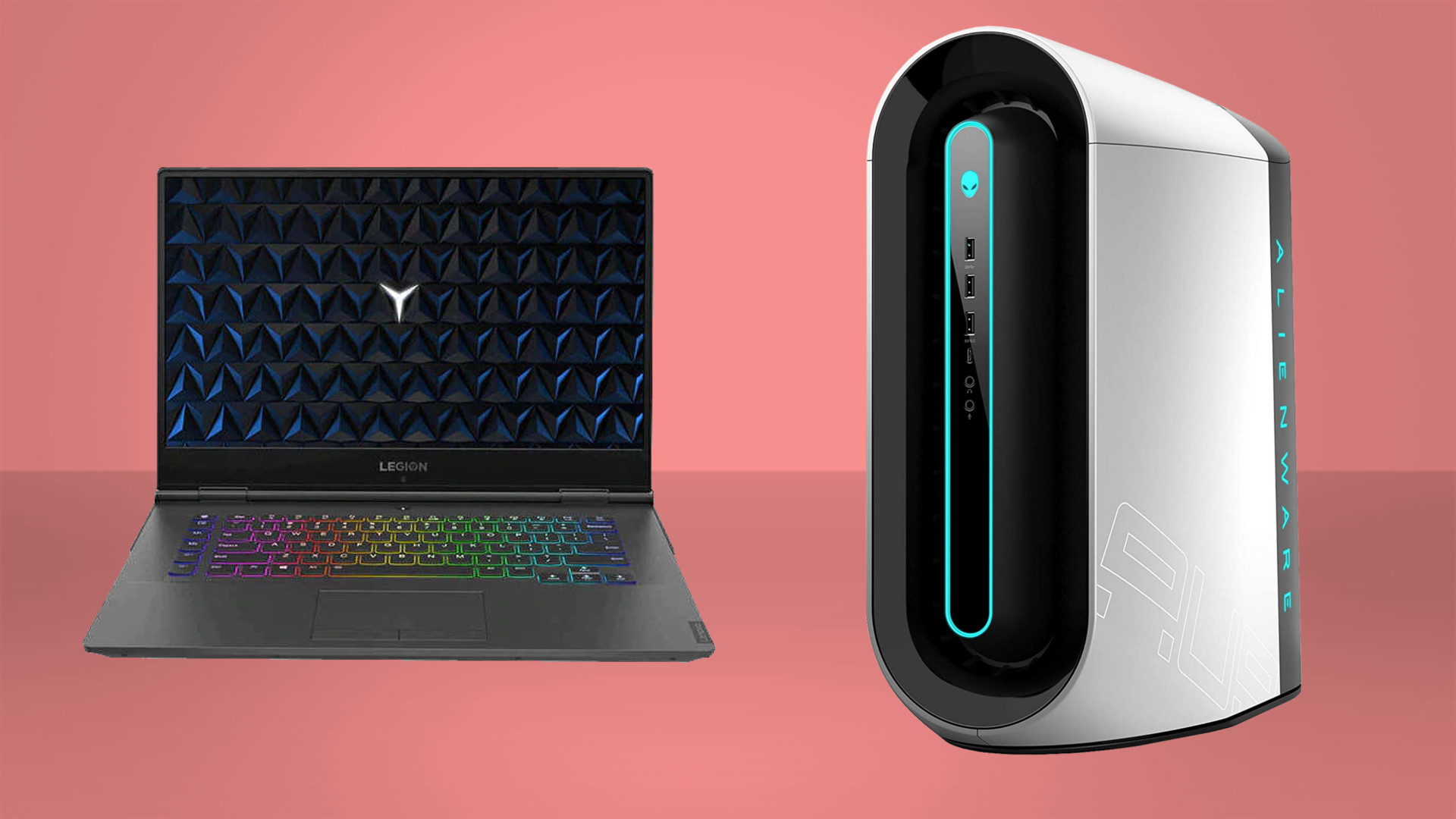USB Type-C cables capable of charging an RTX 3080 Ti gaming laptop are here
One cable, 240W of power.

Supercharged USB Type-C cables capable of delivering 240W of power are beginning to show up, following the announcement of the new Type-C power specification last September. With one of these new cables and a compatible charger/brick, a single USB Type-C cable could deliver enough power to keep even an RTX 3080 Ti-powered gaming laptop juiced up.
Retailer Club3D has announced three new USB Type-C cables (good spot, Tom's Hardware). All three are rated to 240W peak wattage, though only the top cable supports the full 40Gbps data rate (via the Thunderbolt 3 protocol) at the same time. The lowest spec cable only delivers USB 2.0 speeds, so that's more or less just a swap-in for a proprietary power connector.
Club3D hasn't announced specific prices for these cables yet, but those should be announced sooner or later. I'd also expect a wave of new cables with support for the new power standard to follow.
Though there is something to bear in mind here before you rush out to buy one of these new cables: we've not found any 240W compatible chargers yet, and devices won't just pull 240W through their USB ports unless they're designed to.
If you still want to pick up one of these new cables, look for the Extended Power Range (EPR) specification. That's what offers a maximum power delivery of 48V at 5A and a peak wattage of 240W. The more common Standard Power Range (SPR) cables more readily available today only support 100W through a single cable, which meant only slim and light laptops with integrated graphics or low-power discrete GPUs would receive enough power while in use to not drain the battery.
With a peak wattage of 240W, these cables could, in theory, successfully keep even high-end gaming laptops charged while in use. The Razer Blade 15 with an RTX 3080 Ti and a 12th Gen Intel processor comes with a 230W power brick. The Asus Zephyrus G14 (2022) comes with AMD's top Ryzen mobile chip and Radeon GPU, and a 240W charger in the box. It's possible that even laptops of this sort of calibre could operate fine with a single USB Type-C EPR cable and compatible charger/power brick, if their manufacturers designed for it.
Admittedly some laptops come with chunkier chargers, such as the Lenovo Legion 5 sat next to me with a 300W brick or the Razer Blade 17 with a 280W brick. The Razer probably needs all that juice, but the Lenovo might not. It's only an RTX 3060 model and I'd take a guess and say a 240W charger would be plenty sufficient to keep it juiced up, even while gaming.
Keep up to date with the most important stories and the best deals, as picked by the PC Gamer team.

Best gaming PC: The top pre-built machines from the pros
Best gaming laptop: Perfect notebooks for mobile gaming
With the shift to 240W peak power delivery, USB Type-C is one step closer to complete cable domination. And that's a good thing. While there are some costs involved with licensing USB on a device, purchasing Type-C ports, and using the logo, generally the connectivity standard is widely available and easy to use. That means one Type-C cable can work across multiple devices, and ultimately could help reduce e-waste—a lot of which comes from cables, many of which have been proprietary over the years.
Customers still expect a cable, USB Type-C or otherwise, with their new device, however. Until that changes, there's still going to be an ever-growing mountain of cables to dispose of every year. So perhaps our own habits need to change in line with these fancy new technical standards.
At least it's pretty neat that we might soon be able to use a charger and Type-C cable combo across our phones, gaming laptops, tablets, headphones, and more. Each device would only use as much juice as required, and we'd be able to cut down on carrying around a bag of cables for every piece of tech we regularly use. Just feels that much more practical, doesn't it?

Jacob earned his first byline writing for his own tech blog. From there, he graduated to professionally breaking things as hardware writer at PCGamesN, and would go on to run the team as hardware editor. He joined PC Gamer's top staff as senior hardware editor before becoming managing editor of the hardware team, and you'll now find him reporting on the latest developments in the technology and gaming industries and testing the newest PC components.

